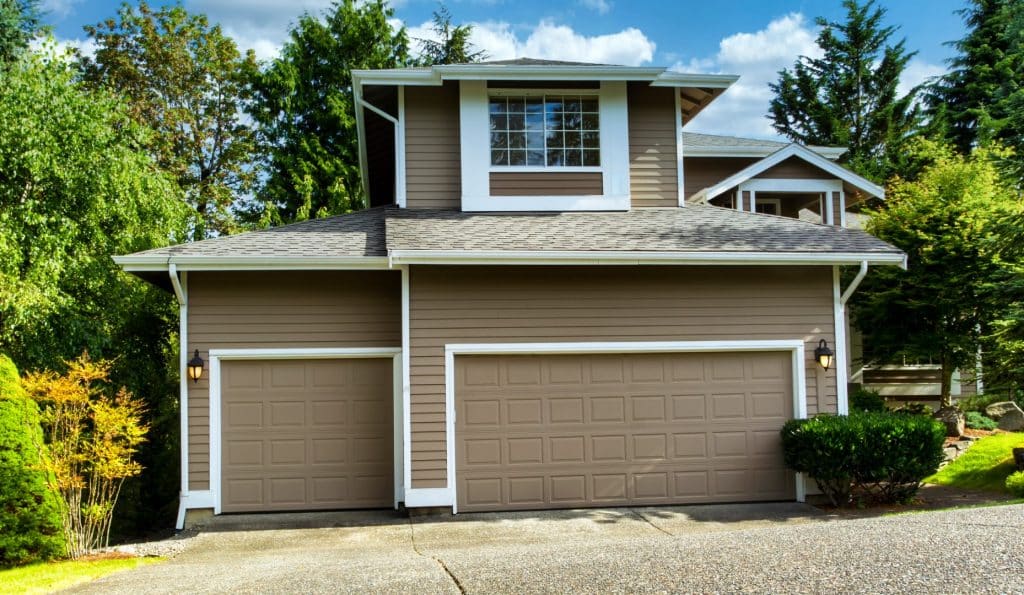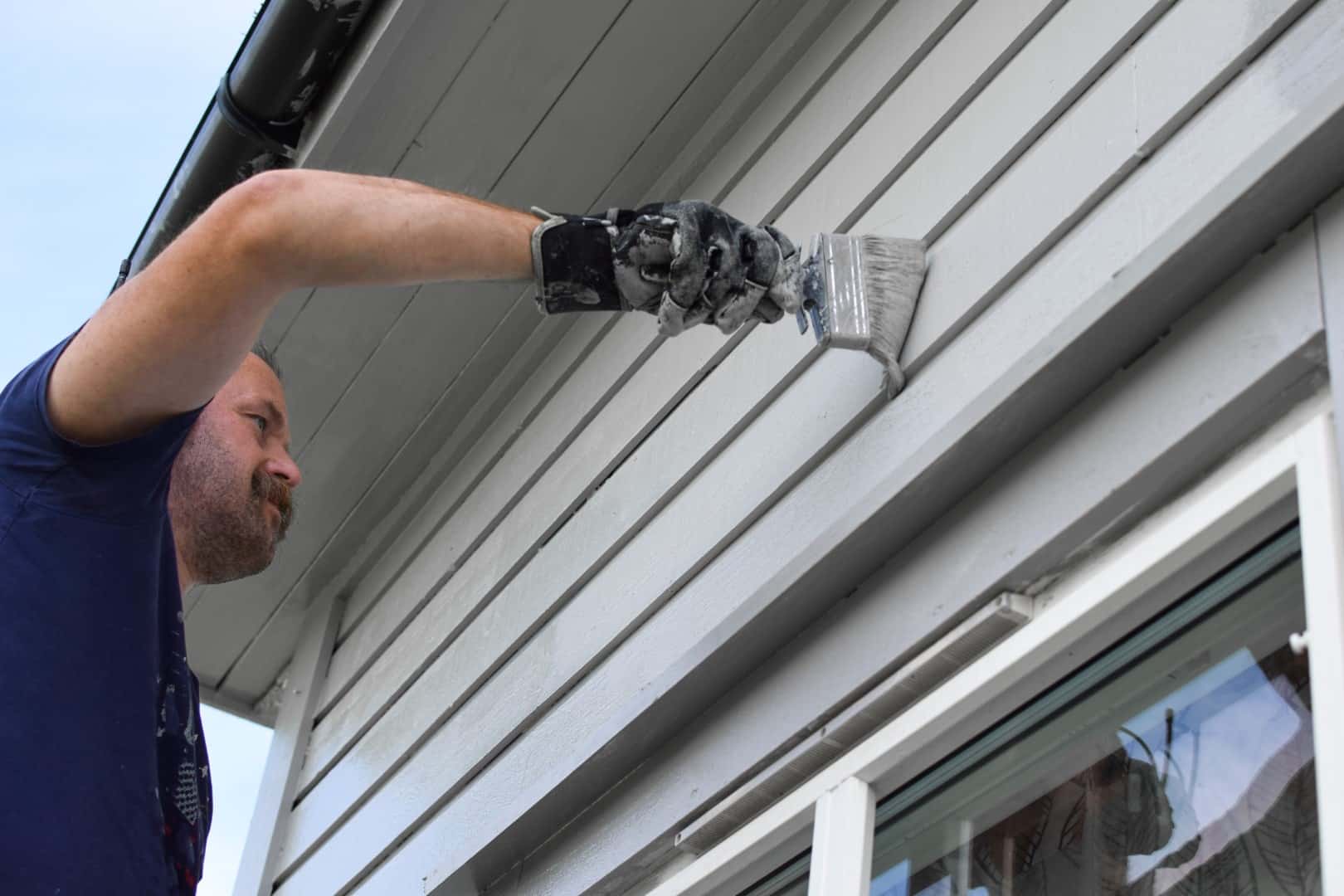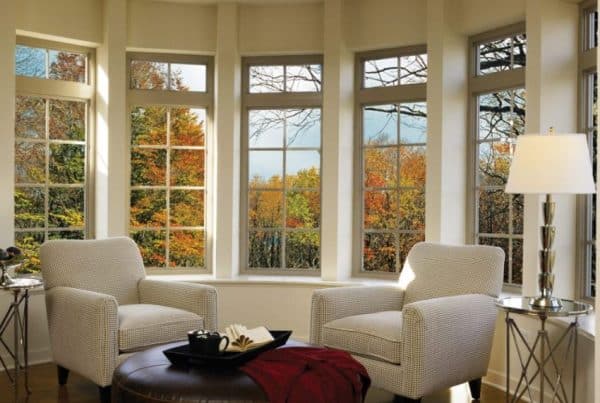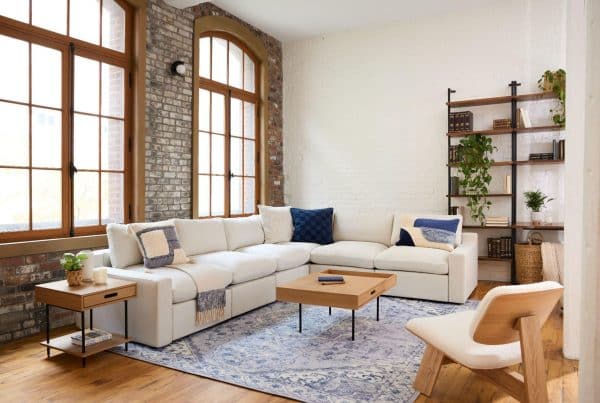Painting your building’s exterior has several admirable benefits. The best-known advantages are improving curb appeal and making your home stand out. In addition, exterior painting can also extend the life of your siding, keep bugs away from your building, and increase your property’s value.
If you’re planning to have an exterior painting, you can hire a professional or do it yourself. You can check out video tutorials or look for other online resources to get an idea of how it’s done. Depending on which part of your building’s exterior you’d like to work on, find out how to paint a wall or do a front door paint job.
As you do your research, ensure you’re getting information from credible sources. On the other hand, you should also identify the mistakes to avoid. This can help you avoid redoing the task, which is usually costly.
Here are some tips on what you shouldn’t do when painting your building’s exterior:
1.Picking The Wrong Paint
A common mistake many novice painters make is choosing the wrong paint. Therefore, after identifying whether you want black, grey, brown, or blue paint for your exterior, you should also establish what type of paint is best.
Meanwhile, it’s not a good idea to paint over oil-based paint with water-based paint. Since you’ll be painting over an existing coat, you should remember that water and oil can’t be mixed. As a result, there’s a possibility that the new coat will peel or crack because the two paint types don’t mesh well.
If you’re unsure of the existing paint type, apply denatured alcohol on a piece of cloth and try wiping a small spot. If the coat doesn’t come off, your exterior has oil-based paint. In this case, a fresh coat of oil-based paint is suitable. On the other hand, if you’d like to apply water-based paint, you must first remove the existing coat.
2. Buying Low-Quality Paint
You’ll find paints valued differently. Though you might want to save some cash, you shouldn’t settle for a low-quality product because it’s the cheapest. Such may not stick to your exterior effectively, hurting your curb appeal. Plus, you might have to apply several coats to attain the desired shade. Ultimately, using low-quality products can be expensive in the long term.
Substandard paint will only serve you for a few years because it’ll fade or chip quickly. It could also be harmful to your health and the environment. Some of these paints contain significant amounts of volatile organic compounds (VOCs). VOCs are chemicals in some coatings and paints that enhance their flow.
Furthermore, if you buy paints with high VOC content, you’ll cause more pollution. At room temperature, these harmful chemicals vaporize, entering the atmosphere. Moreover, paints with high VOC levels could also cause nose, throat, and eye irritation, dizziness, skin issues, headaches, and fatigue. In addition, they might also harm your plants and animals.
Meanwhile, companies are advised to produce paints or coatings with less or zero VOC levels. Eliminating the chemicals in the production process or removing them can be expensive. Hence, you’ll find that some companies will have these chemicals in their products but sell them cheaply.
3. Not Preparing The Surface

Freshly painted residential home during summer time
- Check if the existing coat is stuck. If it is, don’t apply another coat over it. Instead, sand it down or scrap the surface. If cracks or holes are visible, apply a filler to make the surface even.
- Clean the area you’d like to paint. This helps you eliminate mold, dirt, dust, and other contaminants that may cause a fresh coat of paint not to adhere properly.
- Cover the areas you’re not supposed to paint.
- If there are areas with stains, apply a spot-blocking primer. A primer can help your fresh coat adhere well to the surface. It can also cover unsightly areas and reduces the number of coats you need to apply. Plus, it’ll enhance the results of your paint job by making the surface appear clean, smooth, and excellently done.
After preparing your surface, you can now paint your building’s exterior. Don’t rush through the process. If you’re unsure if your job will meet your expectations, you should consider hiring a professional painter.
Final Thoughts
If you’re planning to do a paint job on your building’s exterior, there are some mistakes you should avoid for excellent results. Some of these errors have been discussed in this article. These are: applying the wrong or low-quality paint and not properly preparing your surface. This article also provides steps how to avoid such mistakes.
Overall, these tips can help enhance the results of your exterior paint job. On the other hand, you can consult a more experienced friend or a professional painter if you need further assistance.








